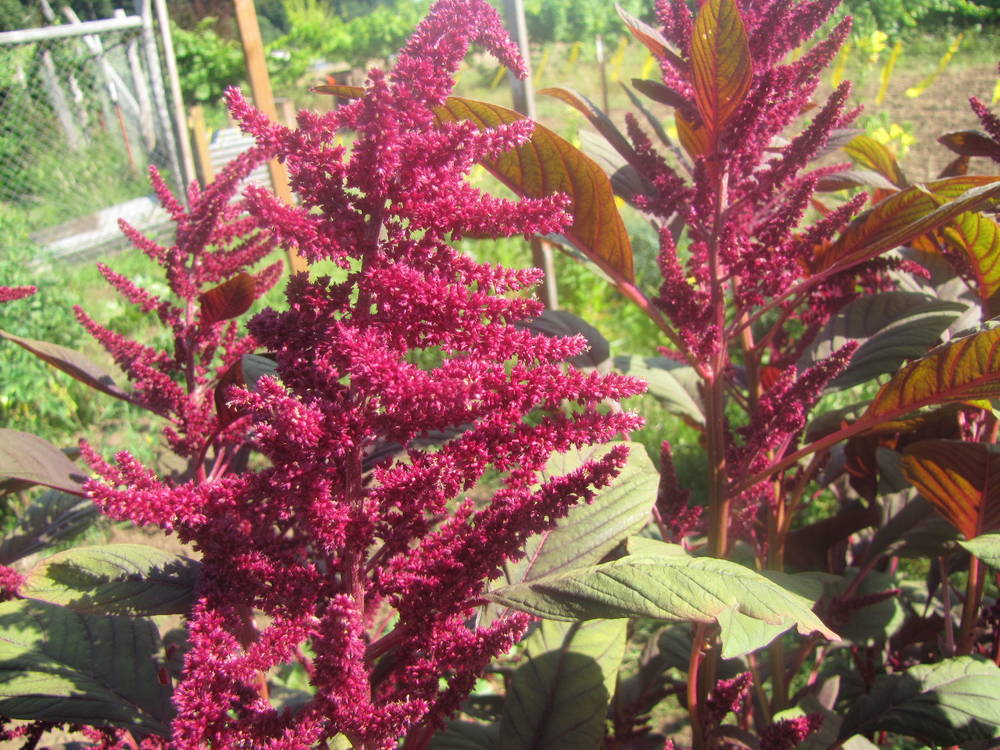Amaranthus palmeri
Amaranthus
amaranth
prostrate to erect, branched, occasionally simple.
alternate;
blades ovate to linear; flat;
midveins extending to short spine or awn at tip;
margins entire; flat or crisped;
tips acute, obtuse or rounded;
petioles present.
terminal and axillary spikes or panicles with flowers densely clustered, or rarely axillary with solitary flowers;
bracts leaf-like, often spine-tipped.
unisexual, staminate and pistillate flowers typically distinct;
perianth segments membranous or scarious.
perianth segments (2)3–5, scarious;
stamens (1)2–5;
filaments free.
perianth segments (1)3–5;
ovules 1;
styles 0;
stigmas 2–3, persistent.
utricles; ovoid to obovoid, usually smooth;
walls thin and membranous.
lenticular to ± spherical, usually dark reddish brown to black; smooth; shiny.
Amaranthus palmeri
Amaranthus
Worldwide. ~70 species; 6 species treated in Flora.
Amaranthus species have long been cultivated as cereal grains and ornamentals. Several cultivated and exotic species are known as short-lived waifs in Oregon: A. deflexus, A. hypochondriacus, and A. viridus.
Bridget Chipman
- Local floras:
CA,
OR,
WA
- Local Web sites:
CalFlora,
CalPhotos,
Flora NW,
PNW Herbaria
WildflowerSearch
iNaturalist (observations)
USDA Plants Database
- LBJ Wildflower Center
- SEINet
- Plants of the World Online
- Encyclopedia of Life
- Wikipedia
- Google Image Search


